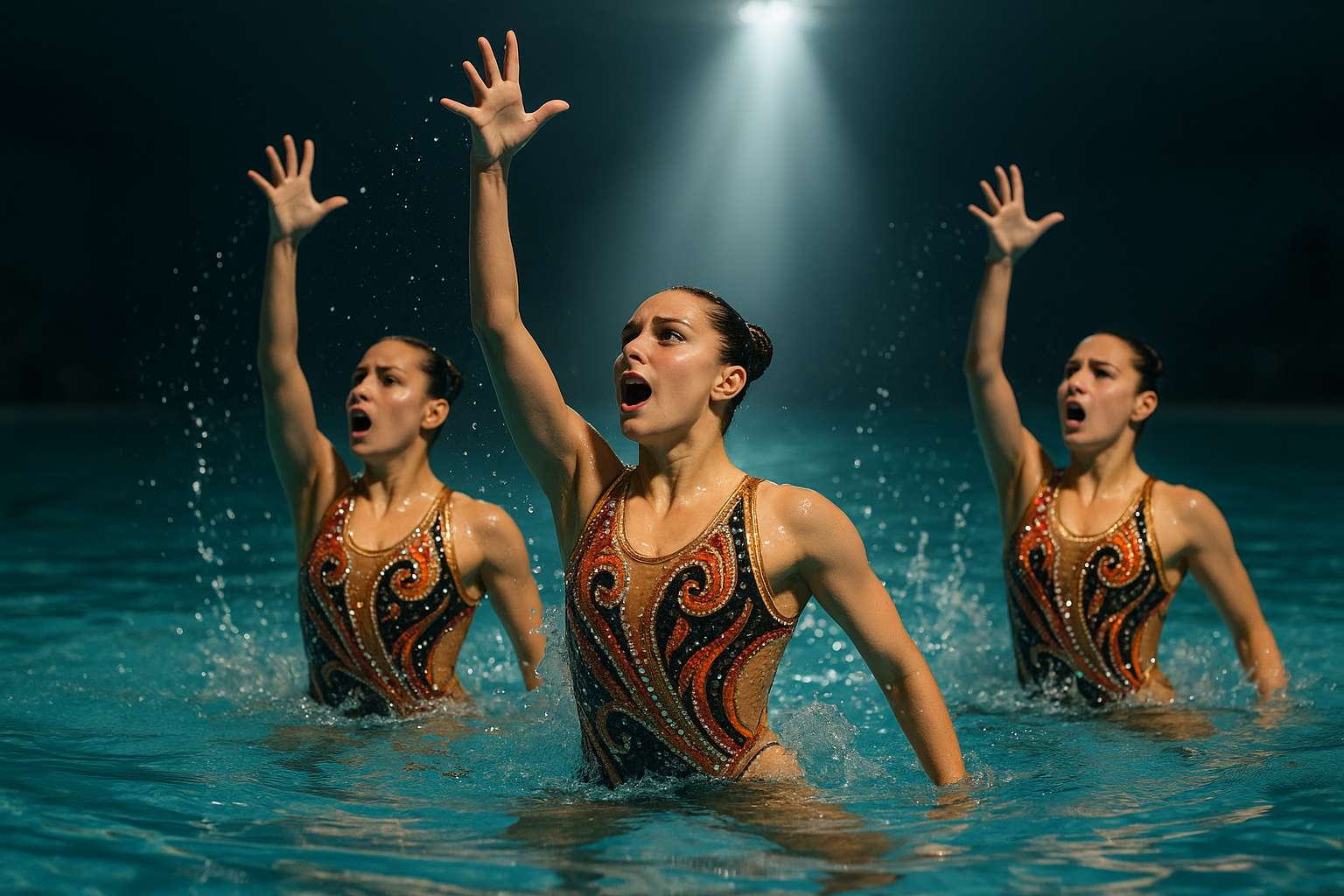"Swimming into the Spotlight: A Comprehensive Dive into Synchronized Swimming"
Synchronized swimming, a unique blend of athleticism, grace, and intricate choreography, has a rich history rooted in the early 20th century. Originally termed as water ballet, this sport started gaining popularity as a form of entertainment in aquatic shows and soon evolved into a competitive discipline. Its inclusion in the 1984 Olympics marked a significant milestone, validating synchronized swimming as a serious sport.

Making Waves: Current Trends in Synchronized Swimming
In the modern era, synchronized swimming has seen significant advancements both in training methodologies and performance strategies. An increasing focus on strength training and cardiovascular conditioning has elevated the athletic capabilities of the athletes. The incorporation of complex acrobatic movements and higher tosses in routines has raised the bar for creativity and technical prowess in performances.
The Deep Dive: Benefits, Challenges, and Applications
Synchronized swimming offers myriad benefits, including improved strength, endurance, flexibility, and teamwork skills. However, it also presents unique challenges like maintaining synchronization, executing precise movements, and controlling breath underwater. Despite these difficulties, the principles of synchronized swimming have found applications beyond the pool, such as in team-building exercises and performing arts.
The Science behind the Synchronization
The beauty of synchronized swimming lies not only in the grace and artistry of the performance but also the underlying science. Research has shown that this sport requires exceptional breath control, muscular strength, and split-second timing, making it one of the most physically demanding sports. Understanding the biomechanics and physiology involved can help athletes optimize their performances.
Making a Splash: The Future of Synchronized Swimming
As synchronized swimming continues to evolve, it promises an exciting future. With the introduction of mixed-gender events in international competitions and ongoing innovation in routines, the sport is set to captivate audiences worldwide. The growing recognition of its athletic rigor and artistic appeal is likely to attract more participants and fans, propelling synchronized swimming into the mainstream sports arena.
In conclusion, synchronized swimming stands at the intersection of athleticism and artistry, demanding physical prowess and creative expression. Its compelling evolution, current trends, and future potential offer a fascinating exploration for sports enthusiasts. As this unique sport continues to make waves, it promises to redefine the boundaries of athletic performance and artistic expression.





